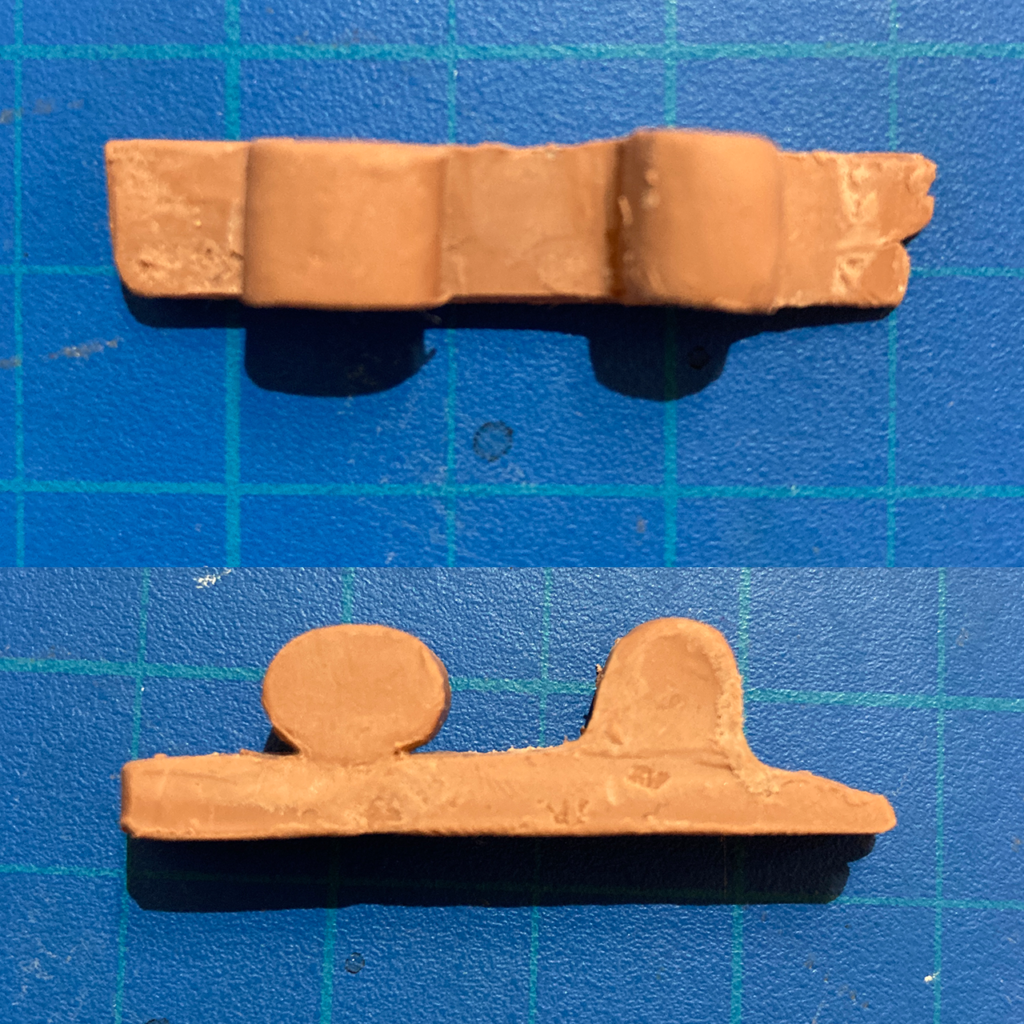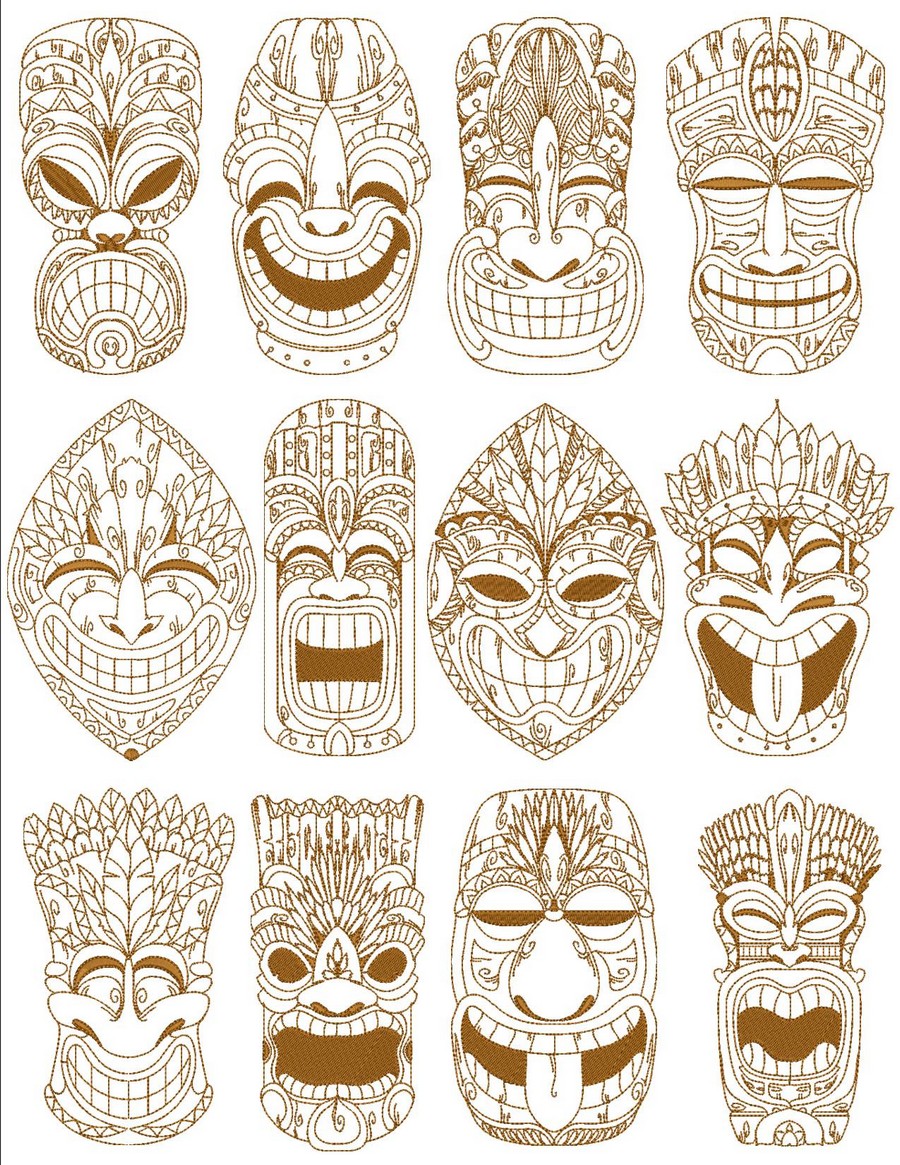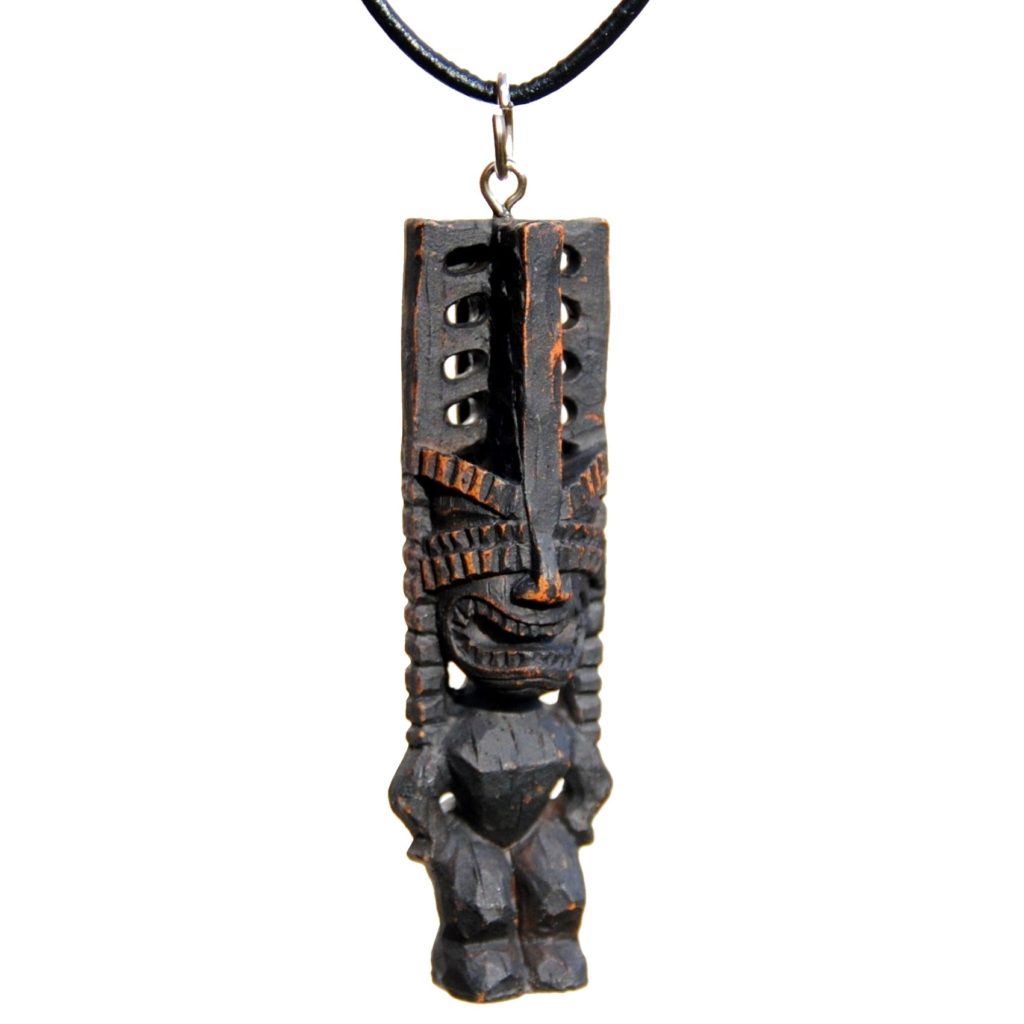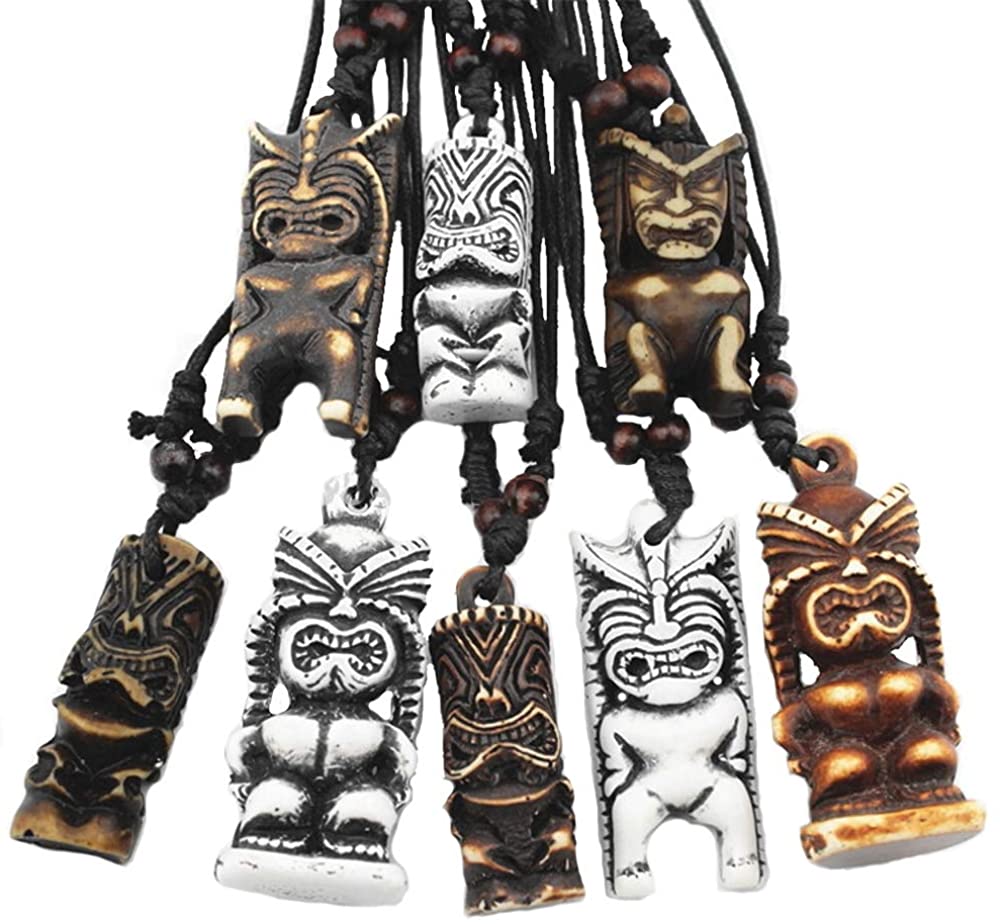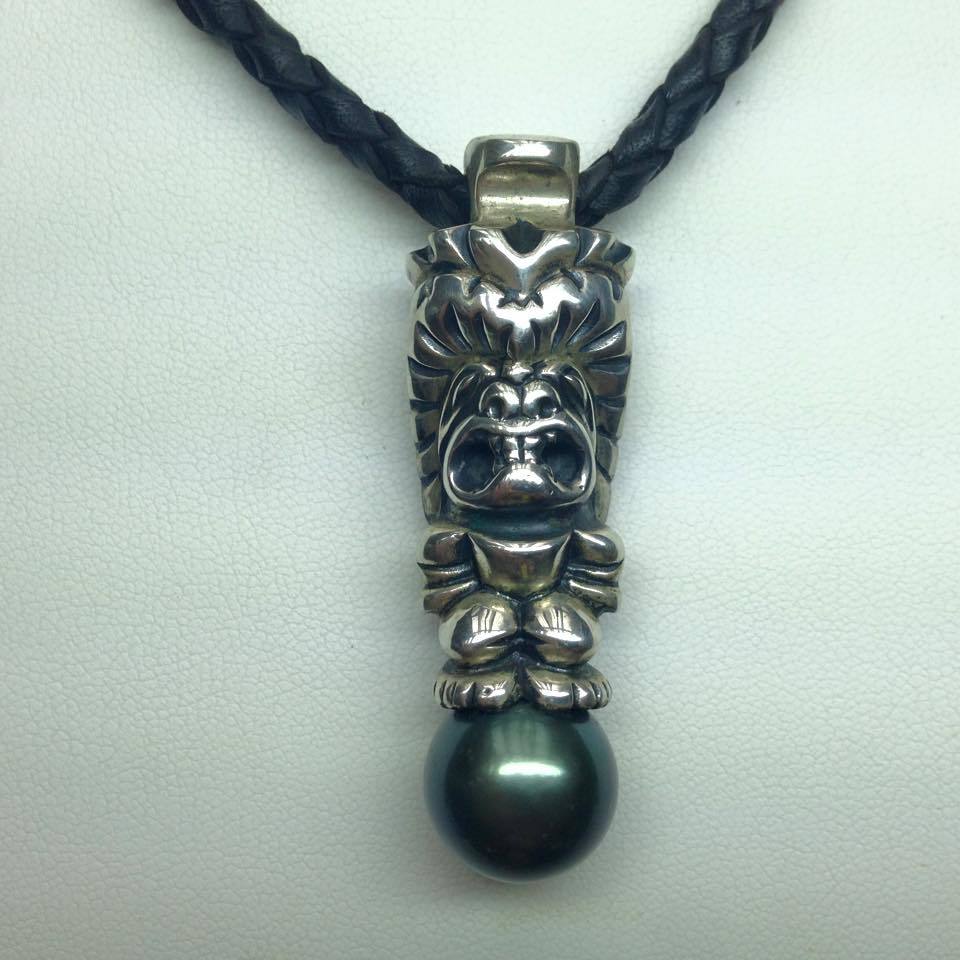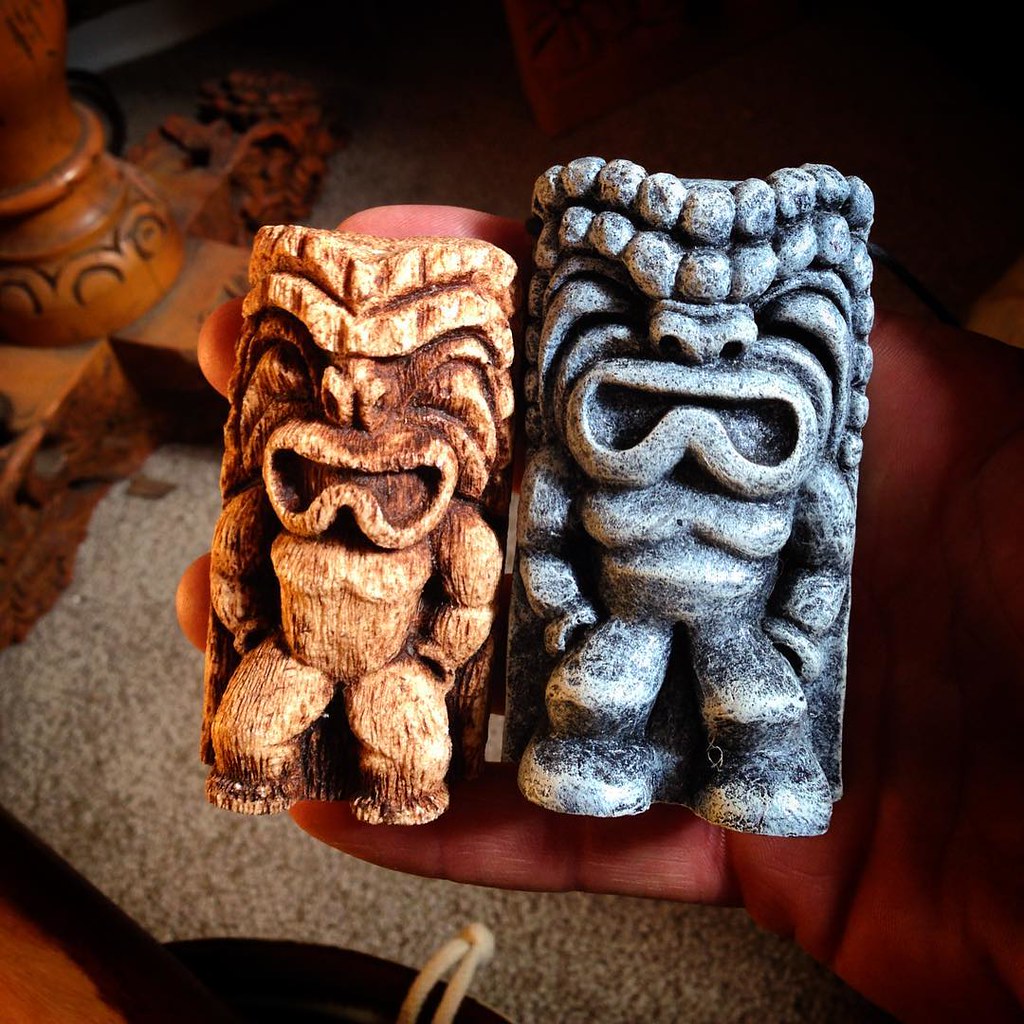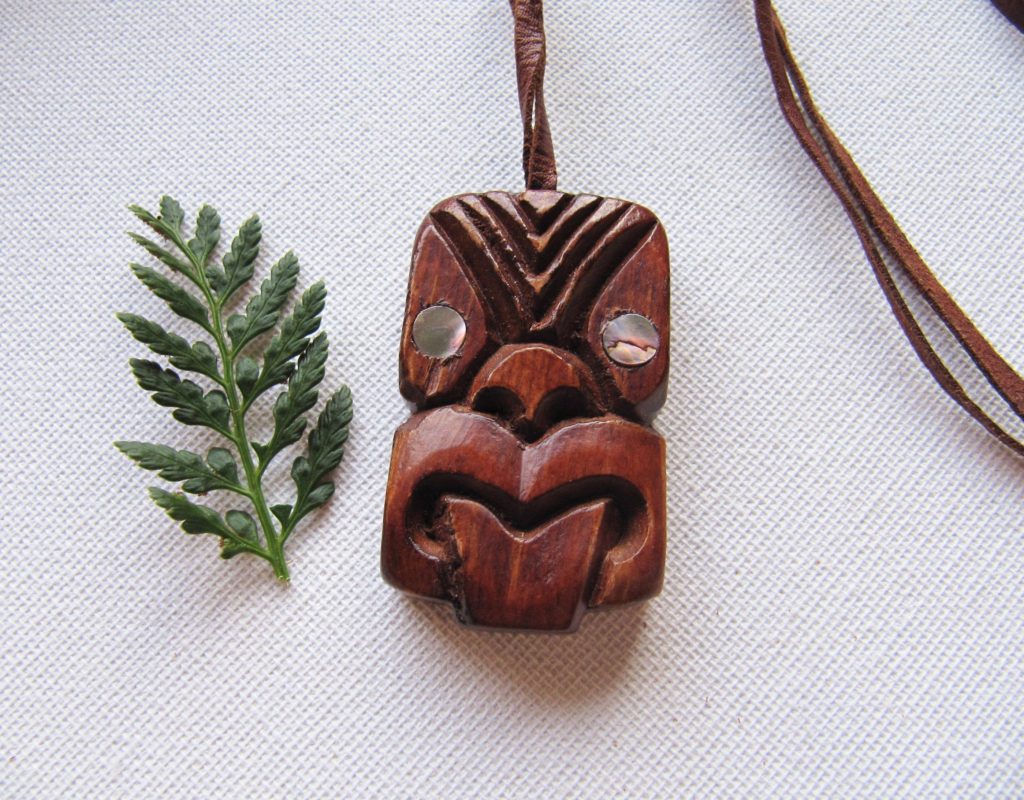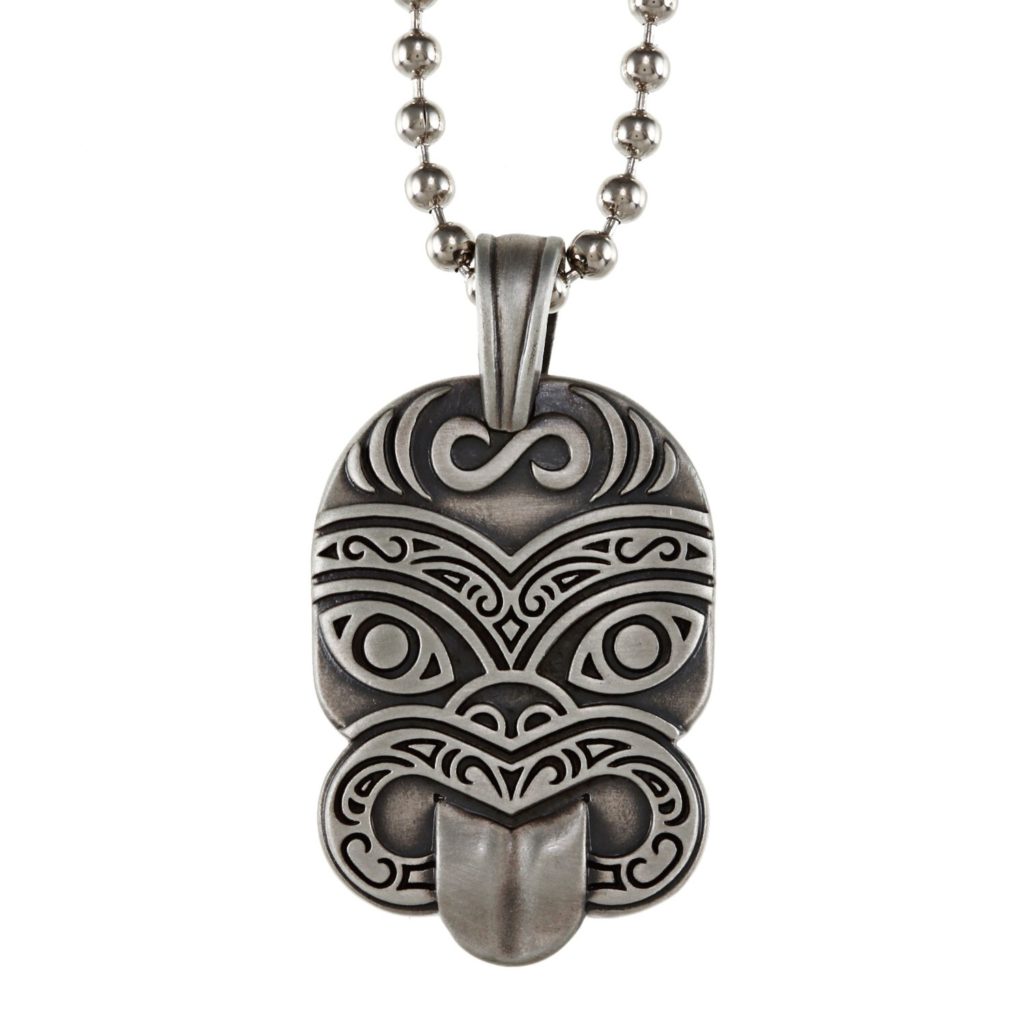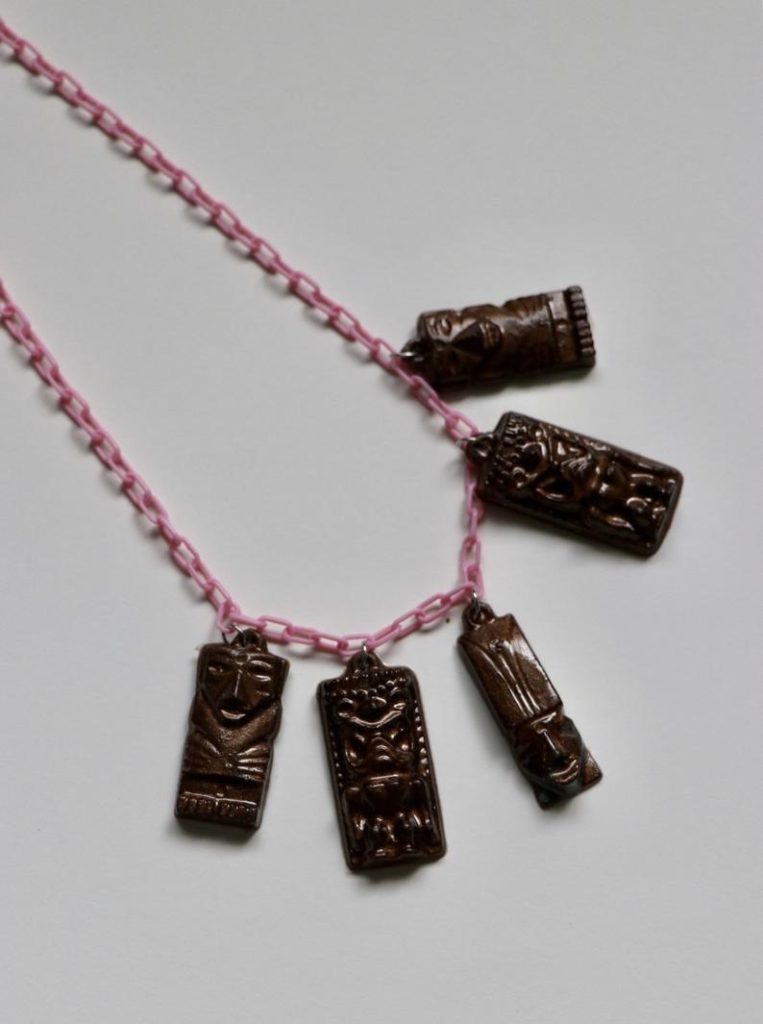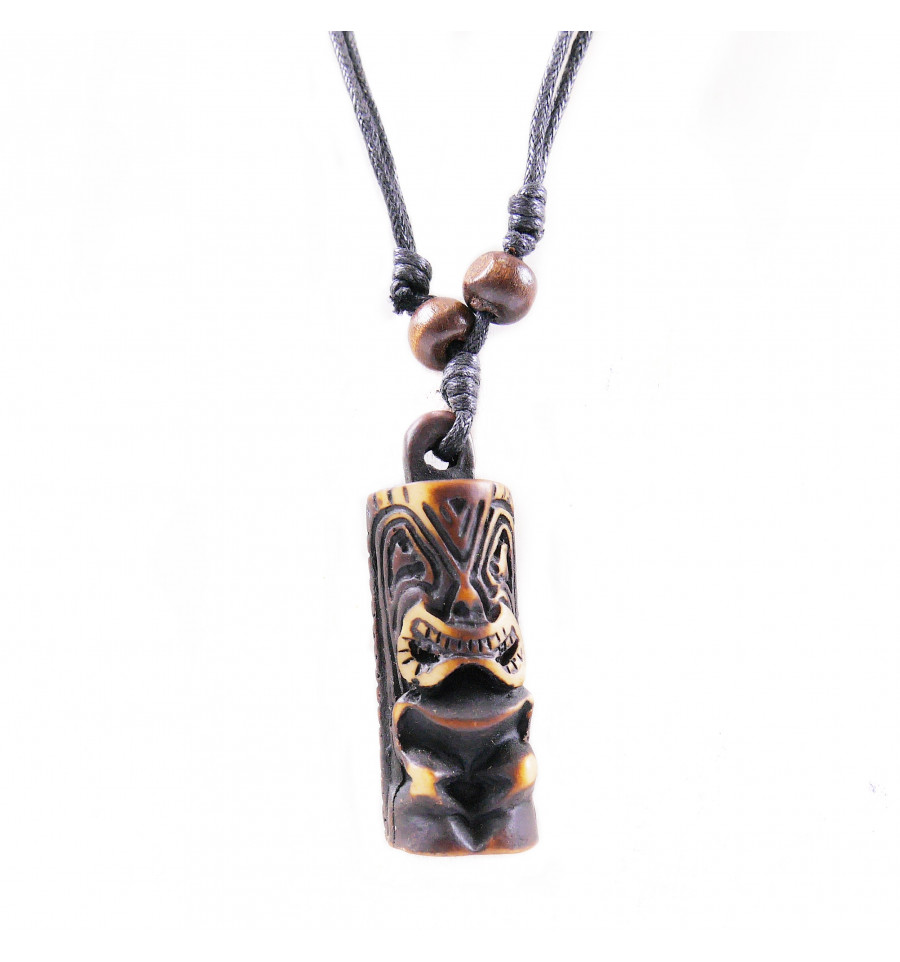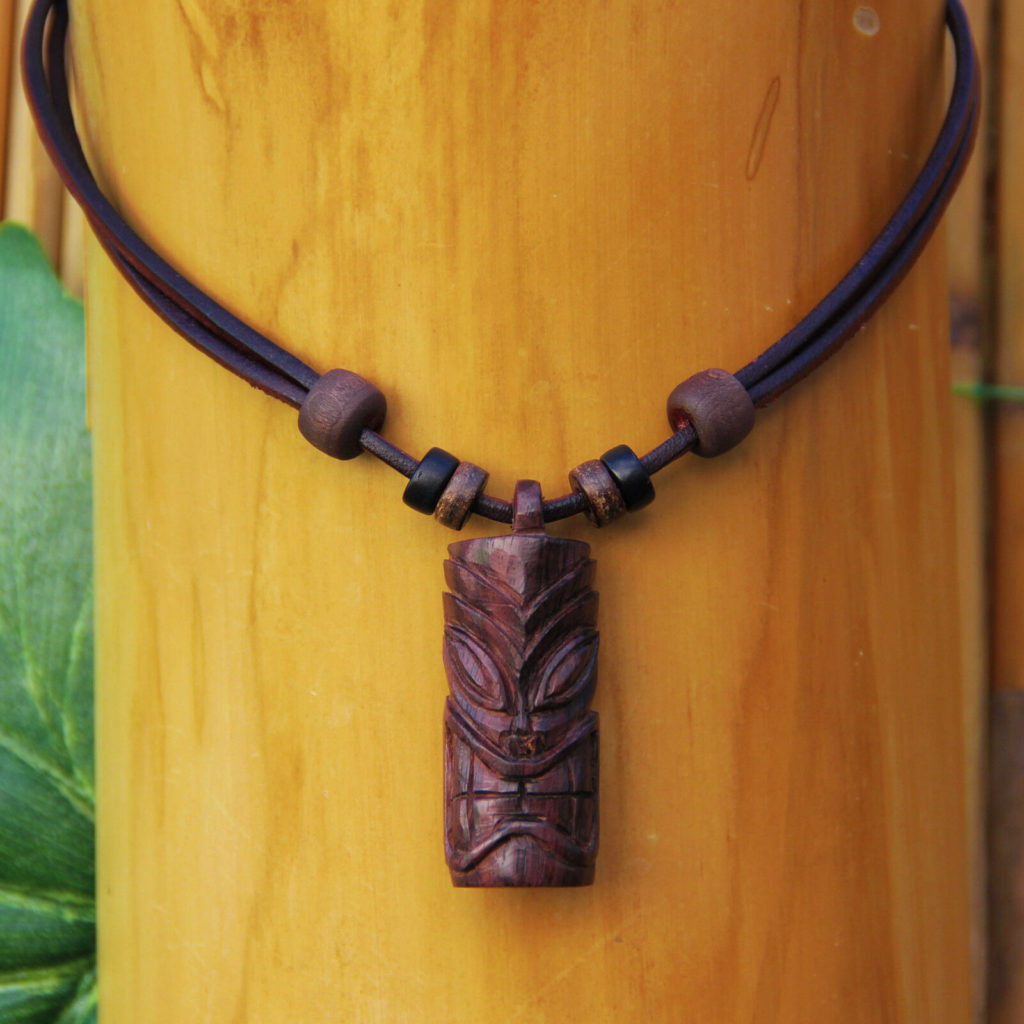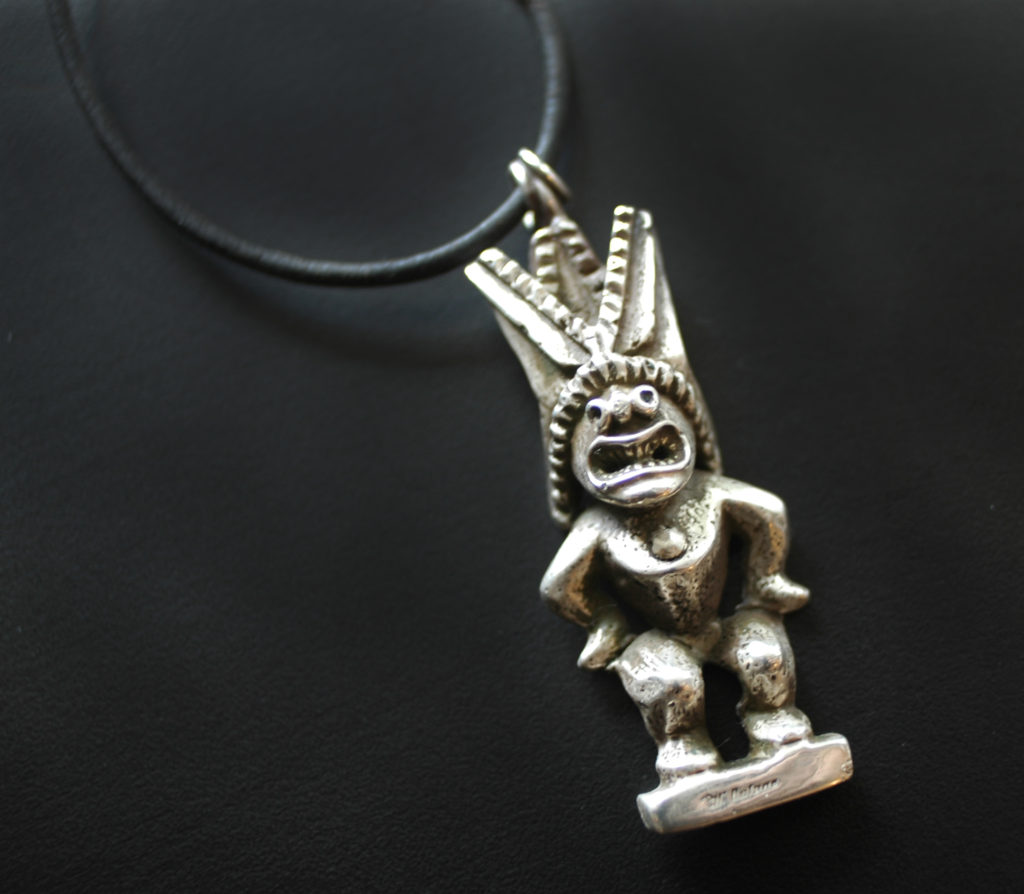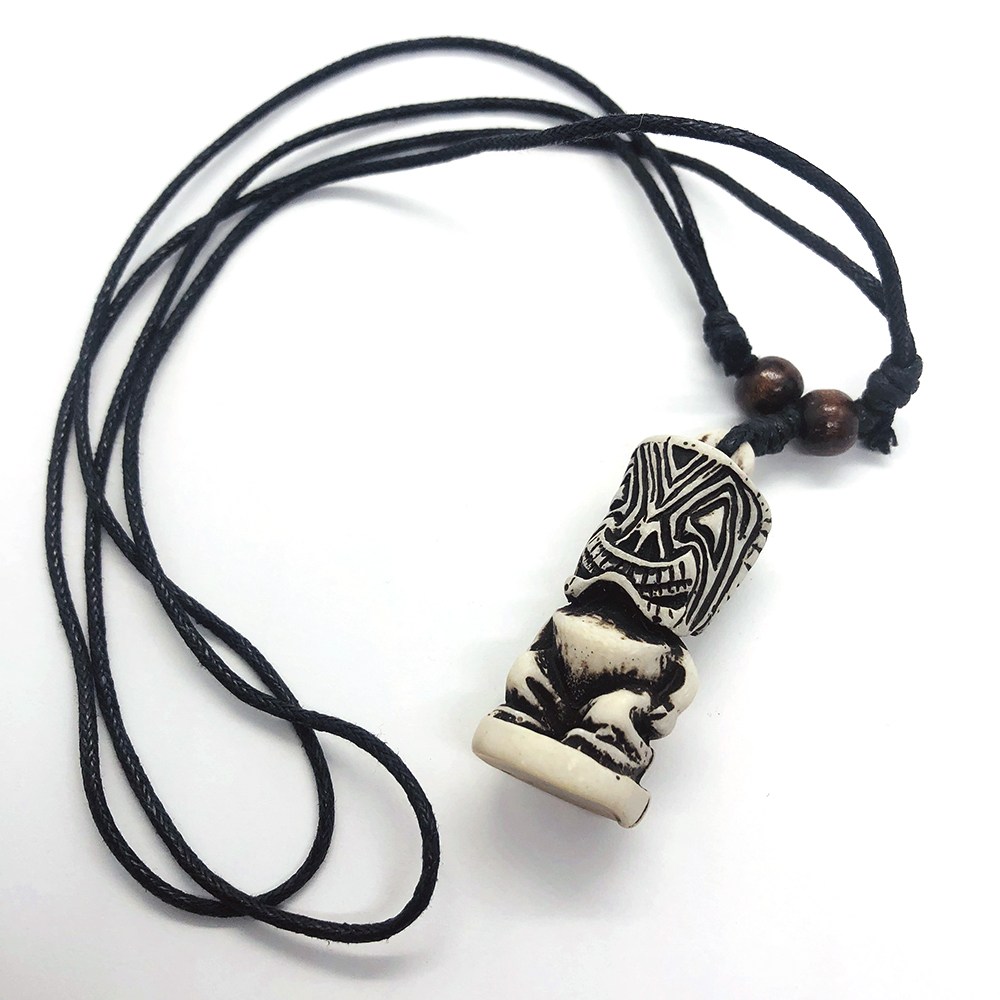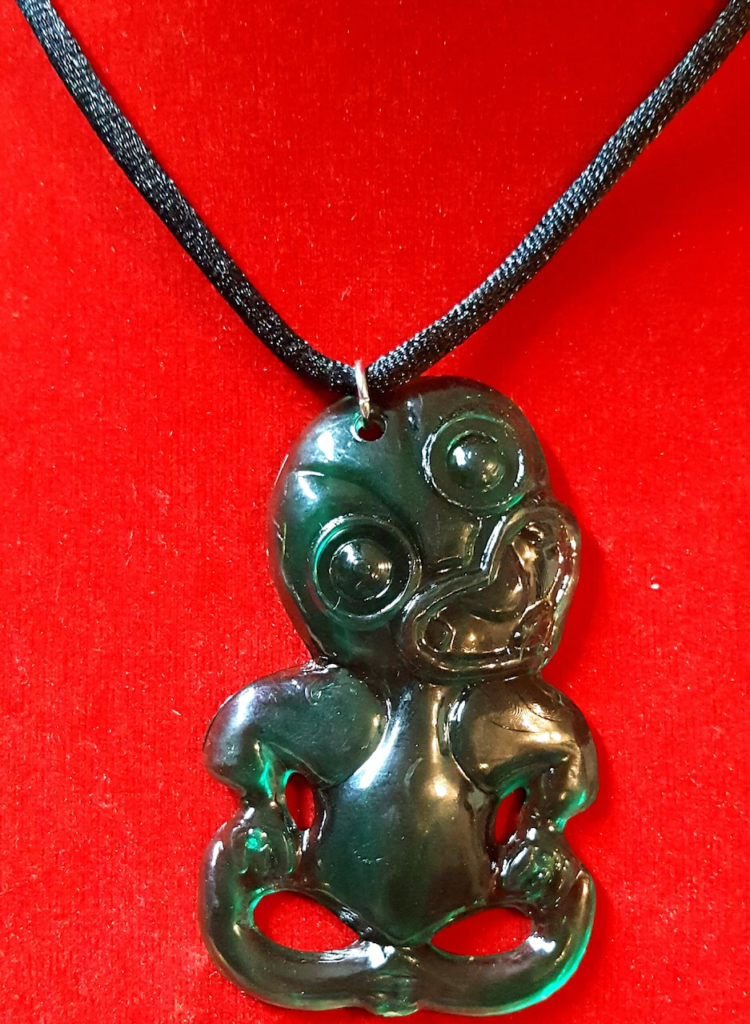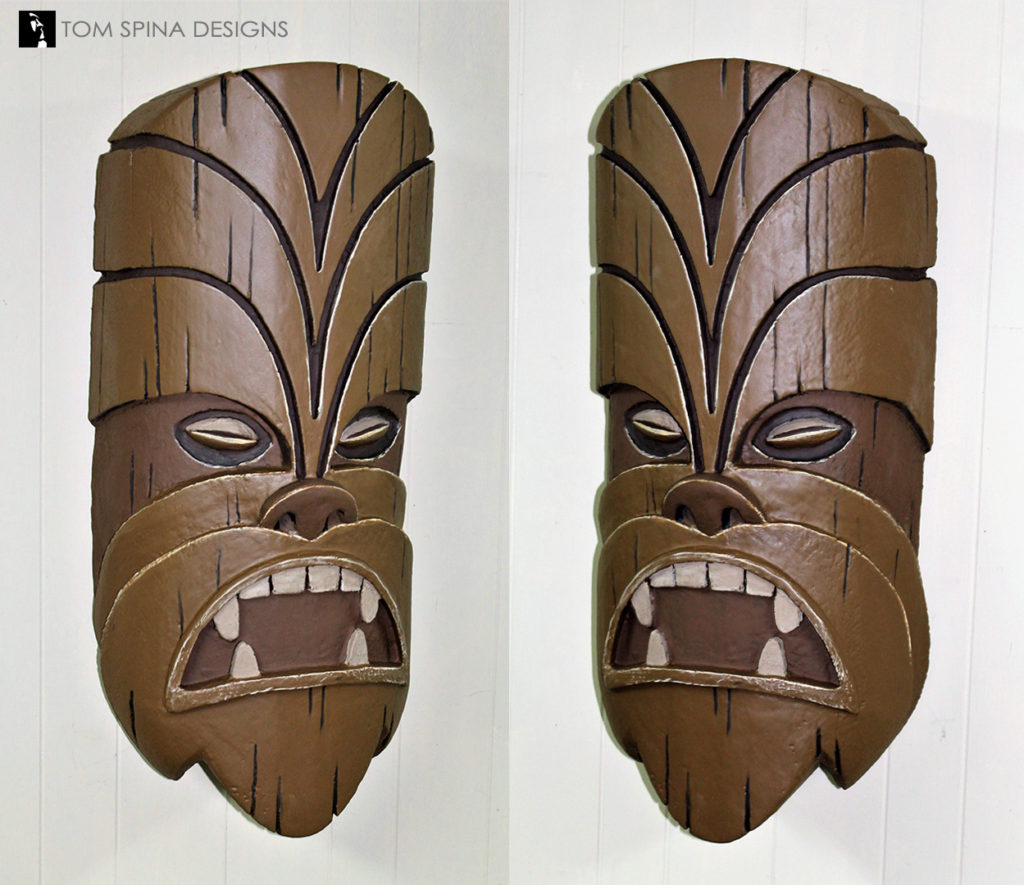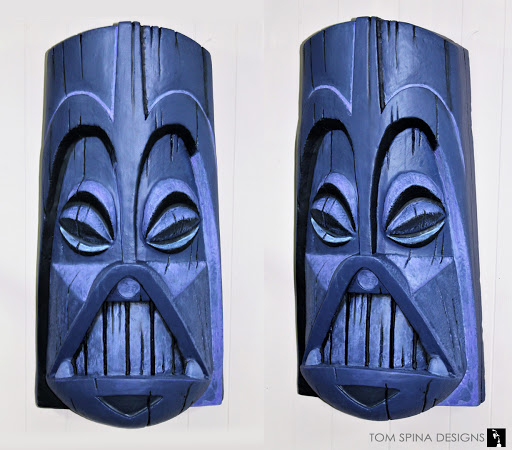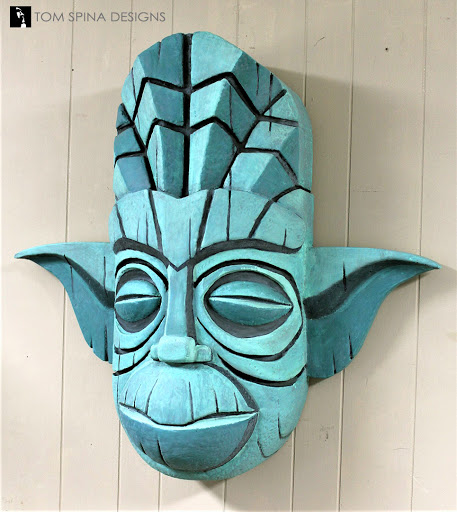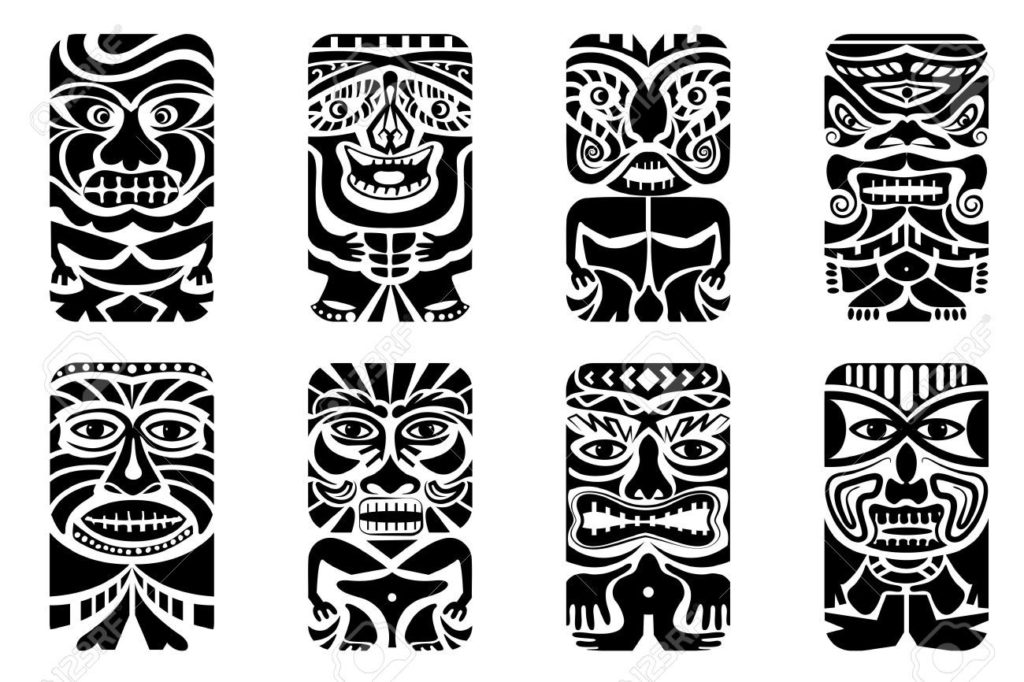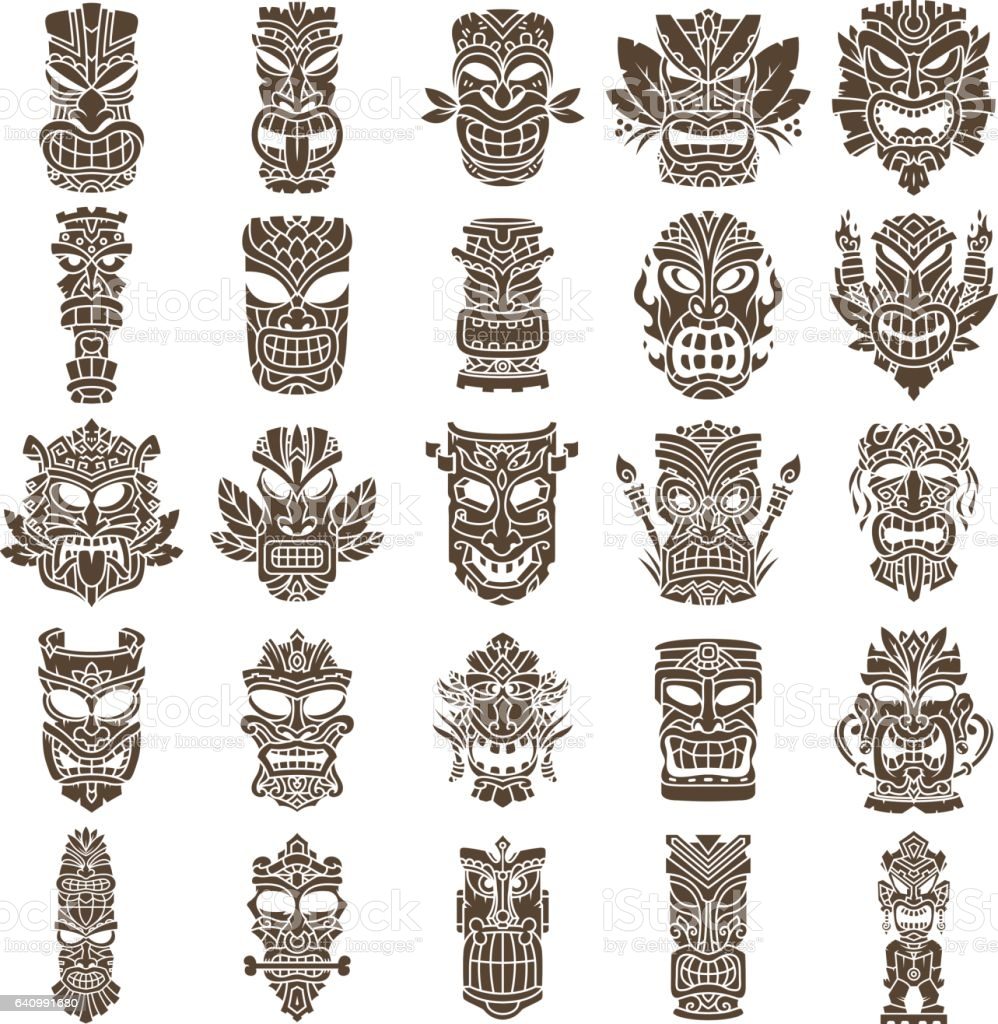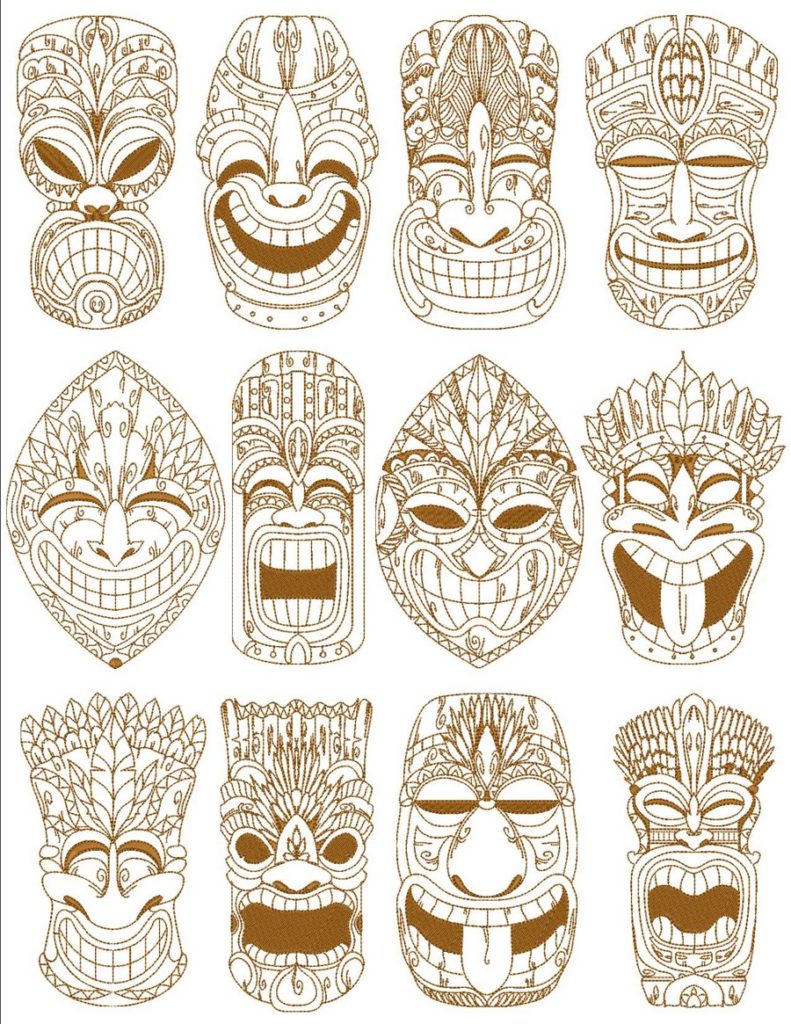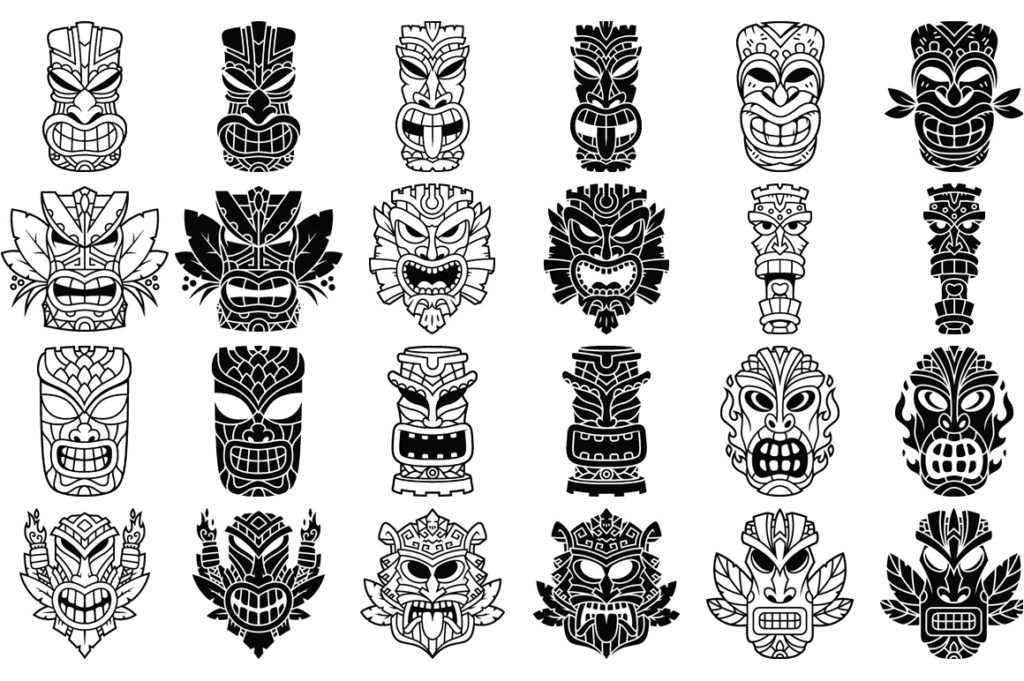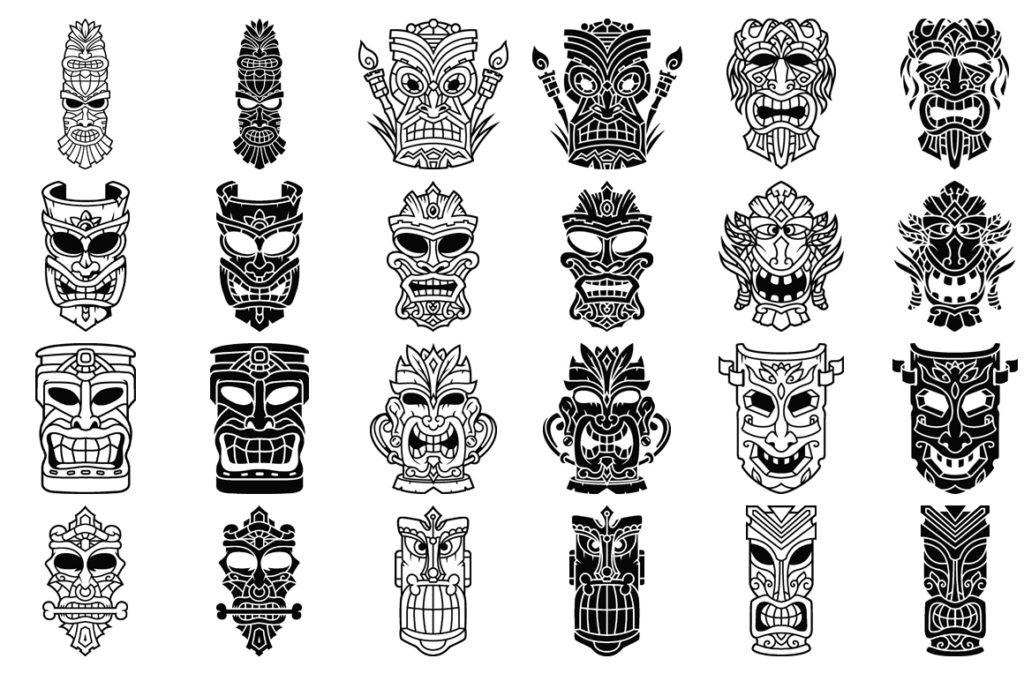In Māori mythology, Tiki is the person created by either Tūmatauenga or Tāne. By extension, a tiki is a large or small wooden or stone carving in humanoid form, although this is a somewhat archaic usage in the Māori language. Carvings similar to tikis and coming to represent deified ancestors are found in most Polynesian cultures. They often serve to mark the boundaries of sacred or significant sites.
The veneration of the dead, including one’s ancestors, is based on love and respect for the deceased. In some cultures, it is related to beliefs that the dead have a continued existence, and may possess the ability to influence the fortune of the living. Some groups venerate their direct, familial ancestors.
In Europe, Asia, Oceania, African and Afro-diasporic cultures, the goal of ancestor veneration is to ensure the ancestors’ continued well-being and positive disposition towards the living, and sometimes to ask for special favours or assistance. The social or non-religious function of ancestor veneration is to cultivate kinship values, such as filial piety, family loyalty, and continuity of the family lineage. Ancestor veneration occurs in societies with every degree of social, political, and technological complexity, and it remains an important component of various religious practices in modern times.
Project Goal:
Create 8 Tiki designs to represent a family member you wish to honor. Use 1 physical trait and 1 personality trait to lead your design. Choose 1 design to sculpt in clay under 2 inches. All families are different, if you think of them as family you can choose them.
Examples

I selected my grandfather to honor with my design. For a physical trait I chose to show the baseball cap he always would wear. His personality trait I wanted to show was his happiness and kindness.
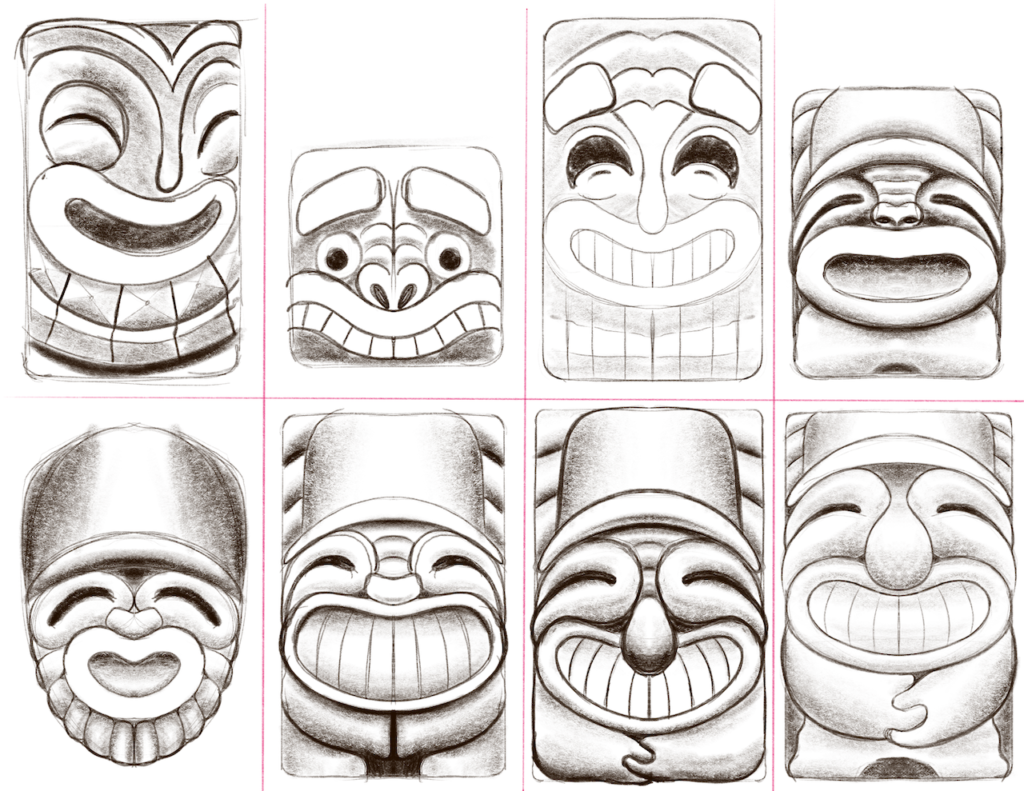
Tiki Design Elements Can be used to Represent Anyone
You can use these Tiki designs as starting points for your own
Watch out for undercuts!
